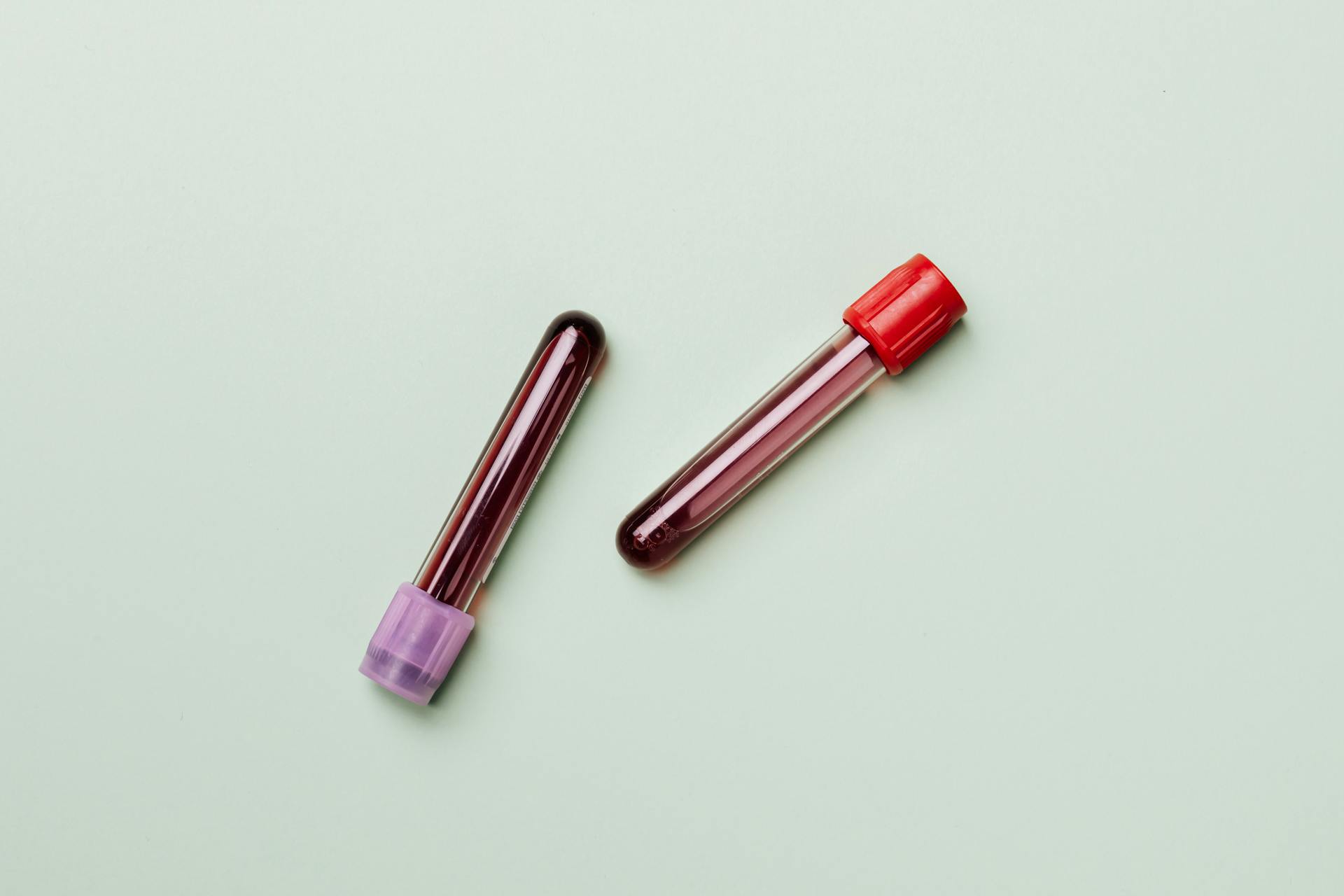A/B testing, also known as split testing, is a powerful tool for optimizing your website’s conversion rates and overall performance. By comparing two versions of a web page or element, you can determine which one performs better in terms of achieving your desired goals. A/B testing takes the guesswork out of website optimization and allows you to make data-driven decisions that can significantly impact your bottom line.
The benefits of A/B testing are numerous:
- It provides concrete data to support decision-making
- Allows you to test various elements of your website or marketing materials
- Can lead to substantial improvements in conversion rates
- Helps you understand your audience better
- Reduces the risk of implementing changes that may negatively impact performance
In this comprehensive guide, we’ll explore how to leverage A/B testing to improve your conversion rates, covering everything from understanding the basics to implementing advanced testing strategies.
Understanding A/B Testing
A/B testing is a method of comparing two versions of a webpage or app against each other to determine which one performs better. It involves showing two variants (A and B) to similar visitors at the same time and measuring which variant drives more conversions.
The key difference between A/B testing and multivariate testing is the number of variables being tested simultaneously:
- A/B testing typically involves testing one variable at a time
- Multivariate testing allows for testing multiple variables simultaneously
A/B testing can be used in various contexts, including:
- Websites and landing pages
- Email marketing campaigns
- Digital advertisements
- Mobile apps
- Product features
By focusing on one variable at a time, A/B testing allows you to isolate the impact of specific changes and make more informed decisions about your marketing and product strategies.
Step-by-Step Guide to A/B Testing
1. Choose an A/B Testing Tool
Selecting the right A/B testing tool is crucial for the success of your testing efforts. Consider the following factors when choosing a tool:
- Goals: What do you want to achieve with A/B testing? Make sure the tool aligns with your objectives.
- Budget: A/B testing tools range from free to several hundred dollars per month. Determine how much you’re willing to invest.
- Features: Look for tools that offer the specific features you need, such as heat maps, user segmentation, or integration with your existing tech stack.
- Ease of use: Choose a tool that fits your team’s technical expertise and is easy to implement.
- Reporting capabilities: Ensure the tool provides clear, actionable insights from your tests.
Some popular A/B testing tools include:
- Google Optimize
- Optimizely
- VWO (Visual Website Optimizer)
- AB Tasty
- Unbounce
Before making a final decision, read reviews and take advantage of free trials to find the tool that best suits your needs.
2. Set Goals and Formulate Hypotheses
Before starting any A/B test, it’s essential to clearly define your goals and formulate hypotheses. This step helps focus your testing efforts and ensures you’re measuring the right metrics.
Setting goals:
- Identify the specific metric you want to improve (e.g., click-through rate, form submissions, purchases)
- Set a measurable target (e.g., increase conversion rate by 5%)
- Determine the timeframe for achieving your goal
Formulating hypotheses:
- Based on your goals, create hypotheses about what changes might lead to improvements
- Use the following format: “If we [make this change], then [this metric] will [increase/decrease] because [reasoning]”
For example: “If we change the color of our call-to-action button from blue to green, then our click-through rate will increase because green is associated with ‘go’ and may create a sense of urgency.”
By setting clear goals and formulating specific hypotheses, you’ll be better equipped to design effective tests and interpret the results.
3. Identify Elements to Test
Once you’ve set your goals and formulated hypotheses, it’s time to identify which elements of your website or marketing materials to test. Common elements to consider include:
- Headlines: Test different wording, length, or tone to see which resonates best with your audience.
- Call-to-action (CTA) buttons: Experiment with button color, size, placement, or text.
- Images: Compare different hero images, product photos, or graphics.
- Copy: Test variations in length, tone, or focus of your main content.
- Layout: Try different arrangements of page elements or overall page designs.
- Forms: Test form length, field types, or placement on the page.
- Navigation: Experiment with menu structure or placement of important links.
- Pricing: Test different price points or pricing structures.
When selecting elements to test, consider:
- Impact potential: Focus on elements that are likely to have a significant effect on your conversion rates.
- Ease of implementation: Start with changes that are relatively easy to implement and measure.
- User feedback: Use customer feedback or usability testing results to identify pain points or areas for improvement.
- Competitor analysis: Look at what your competitors are doing and consider testing similar elements on your site.
Remember to test one element at a time to clearly attribute any changes in performance to specific modifications.
4. Create Variations
With your test elements identified, it’s time to create the variations you’ll be testing. When designing your variations:
- Make meaningful changes: Ensure the differences between versions are significant enough to potentially impact user behavior.
- Stay on brand: Keep variations consistent with your overall brand guidelines and messaging.
- Consider mobile users: Test how variations appear on different devices and screen sizes.
- Limit the number of variations: Stick to two or three variations to avoid diluting your sample size and extending the testing period.
Examples of variations you might create:
- Headline A: “Boost Your Productivity Today!”
- Headline B: “Save Time and Get More Done”
- CTA Button A: Blue button with “Start Free Trial” text
- CTA Button B: Green button with “Try It Now” text
- Layout A: Two-column design with form on the right
- Layout B: Single-column design with form below the main content
Before launching your test, have team members review the variations to catch any errors and provide feedback on the designs.
5. Run the Test
With your variations prepared, it’s time to launch your A/B test. Follow these best practices to ensure accurate results:
- Use a reliable A/B testing tool: Implement your chosen tool correctly to split traffic evenly between variations.
- Test both variations simultaneously: This helps control for external factors that might influence results.
- Determine sample size: Use a sample size calculator to ensure you have enough participants for statistically significant results.
- Set a appropriate test duration: Run your test for at least 1-2 weeks, or until you reach statistical significance.
- Avoid making changes mid-test: Refrain from modifying your variations once the test has started.
- Monitor for technical issues: Regularly check that both variations are loading correctly across devices.
During the test, resist the urge to peek at results too frequently or end the test prematurely based on early data. Let the test run its full course to ensure reliable results.
6. Analyze Test Results
Once your test has concluded, it’s time to analyze the results and draw conclusions. Follow these steps to effectively interpret your data:
- Check for statistical significance: Use your A/B testing tool or a calculator to determine if the differences between variations are statistically significant (typically using a p-value of 0.05 or less).
- Calculate the confidence interval: This shows the range of potential improvement you can expect from implementing the winning variation.
- Look beyond the primary metric: Examine how the variations affected secondary metrics, such as bounce rate or time on page.
- Segment your results: Analyze how different user groups (e.g., new vs. returning visitors, mobile vs. desktop users) responded to each variation.
- Consider external factors: Think about any events or changes that may have influenced your results during the testing period.
- Document your findings: Record the test details, results, and insights gained for future reference.
Based on your analysis, decide whether to implement the winning variation, run follow-up tests, or move on to testing other elements.
Continuous Optimization: The Key to Sustained Growth
A/B testing should not be a one-time effort but rather an ongoing process of continuous optimization. By adopting a culture of experimentation and consistently testing new ideas, you can achieve compounding benefits over time.
Consider the following strategies for maintaining a robust A/B testing program:
- Prioritize tests: Maintain a backlog of test ideas and prioritize them based on potential impact and ease of implementation.
- Create a testing calendar: Schedule regular tests to ensure consistent optimization efforts.
- Learn from failures: Treat unsuccessful tests as learning opportunities and use the insights to inform future experiments.
- Share results across teams: Communicate test results and insights with other departments to foster a data-driven culture.
- Stay up-to-date: Keep informed about new A/B testing techniques, tools, and best practices in your industry.
- Combine A/B testing with other research: Use insights from user research, surveys, and analytics to inform your A/B testing hypotheses.
- Test across the entire customer journey: Don’t limit your testing to just your website – consider testing email campaigns, ad copy, and other touchpoints.
By committing to ongoing optimization through A/B testing, you can continually improve your conversion rates and stay ahead of the competition.
Frequently Asked Questions (FAQ)
What is a good sample size for A/B testing?
The ideal sample size depends on your current conversion rate, the minimum detectable effect you want to measure, and your desired confidence level. As a general rule, aim for at least 1,000 visitors per variation, or use a sample size calculator for more precise estimates.
How long should an A/B test run?
There’s no fixed duration for A/B tests, as it depends on your traffic volume and desired confidence level. However, most tests should run for at least 1-2 weeks to account for day-of-week variations. Continue running the test until you achieve statistical significance or reach your predetermined sample size.
Can A/B testing be used for mobile apps or email campaigns?
Yes, A/B testing can be applied to various digital channels beyond websites. For mobile apps, you can test elements such as onboarding flows, in-app messaging, or feature designs. In email campaigns, test subject lines, email content, send times, or personalization strategies.
How do I know which version is the winner?
The winning version is typically the one that shows a statistically significant improvement in your primary metric (e.g., conversion rate). Most A/B testing tools will automatically calculate statistical significance and declare a winner. However, it’s important to consider the practical significance of the results and any impact on secondary metrics before implementing changes.
By leveraging A/B testing effectively and consistently, you can make data-driven decisions that lead to significant improvements in your conversion rates and overall business performance. Remember that optimization is an ongoing process, and even small gains can compound over time to create substantial results.


